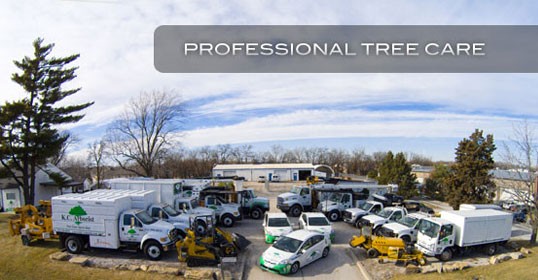Recognizing the Importance of Tree Preservation and Conservation Practices in Urban Areas
In the bustling landscape of urban settings, trees usually stand as silent guardians, supplying a wide range of advantages that extend far past their aesthetic charm. As we explore the intertwined textile of environmental, social, and financial benefits that urban trees supply, it becomes obvious that their conservation is critical for the health of present and future generations.
Environmental Advantages of Trees in Cities
Trees in city areas play an essential function in providing numerous environmental advantages, adding to the overall wellness of city occupants. This procedure helps minimize the focus of hazardous gases, making the air cleaner and healthier for residents.

Furthermore, trees add to water management by lowering stormwater runoff and dirt erosion. Generally, the ecological benefits of trees in cities are vital for creating habitable and sustainable metropolitan settings.
Social Relevance of Urban Tree Preservation
In contemporary urban landscapes, the preservation of trees holds substantial social significance for promoting neighborhood wellness and improving top quality of life. Urban tree conservation plays a crucial function in producing spaces for social communication and community involvement.

Economic Worth of Tree Preservation
The preservation and conservation of metropolitan trees provide considerable financial advantages that add to the total economic health of neighborhoods and cities. Urban trees offer a large variety of financial advantages that positively impact local economic climates.
Furthermore, trees play an essential role in minimizing stormwater overflow and alleviating the effects of flooding, which can cause expense savings for cities in terms of framework upkeep and repair service. Urban trees likewise contribute to improved air top quality by releasing and taking in pollutants oxygen, bring about possible cost savings in medical care prices connected with respiratory system ailments. By identifying and investing in the economic value of tree preservation, cities can advertise sustainable growth, enhance lifestyle, and produce more durable urban settings.
Techniques for Lasting Urban Tree Administration
A thorough approach to sustainable metropolitan tree monitoring entails integrating diverse methods that focus on lasting ecological health and community wellness. Implementing tree inventories and evaluations is critical to understand metropolitan tree populaces, their wellness, and maintenance requirements.
Area interaction plays a critical duty in lasting metropolitan tree monitoring. Educating residents about the benefits of trees, organizing tree growing occasions, and entailing volunteers in tree treatment tasks promotes a sense of ownership and stewardship. Partnership between local government, environmental organizations, and locals is crucial to establishing and implementing reliable tree management strategies.
Buying environment-friendly infrastructure, such as environment-friendly roofs and urban woodlands, can provide numerous advantages, consisting of enhanced air high quality, stormwater administration, and metropolitan warm island reduction. Tree trimming CT. Incorporating trees right into urban planning and design procedures makes sure that trees are valued as necessary elements of a healthy and resistant city environment
Area Participation in Tree Conservation
Area involvement is a basic element in promoting lasting metropolitan tree administration practices and guaranteeing the long-lasting health and conservation of metropolitan tree populaces. Engaging the community in tree conservation initiatives can bring about raised recognition, appreciation, and stewardship of trees within city areas. When homeowners actively hop over to these guys take part in tree Read Full Report maintenance, conservation, and growing initiatives, they create a sense of possession and satisfaction in their neighborhood setting.
Area participation likewise promotes social cohesion and collaboration amongst residents, neighborhood authorities, and ecological companies, cultivating a shared obligation for urban tree preservation. By arranging tree growing events, academic workshops, and volunteer opportunities, neighborhoods can work together to improve the urban tree canopy and produce greener, healthier cities.
Conclusion
Finally, urban tree preservation and conservation techniques play a crucial duty in improving the ecological, social, and economic health of cities. By acknowledging the value of trees in city areas and implementing lasting administration strategies, areas can take pleasure in the various benefits that trees offer. It is important for stakeholders to actively participate in tree preservation initiatives to guarantee a greener and much healthier metropolitan setting for present and future generations.
